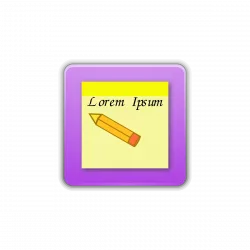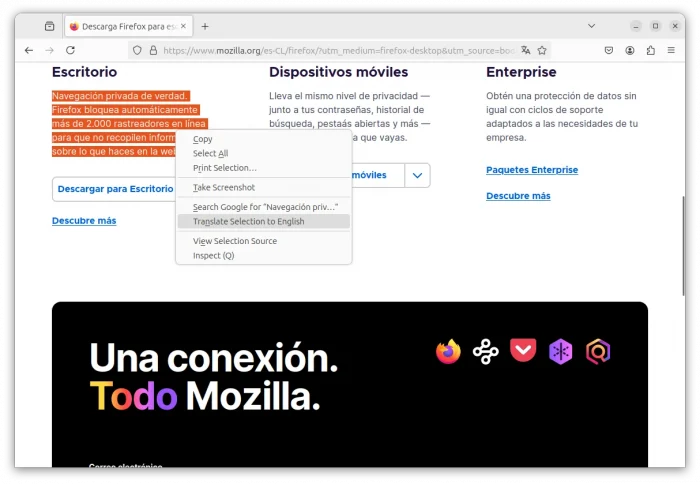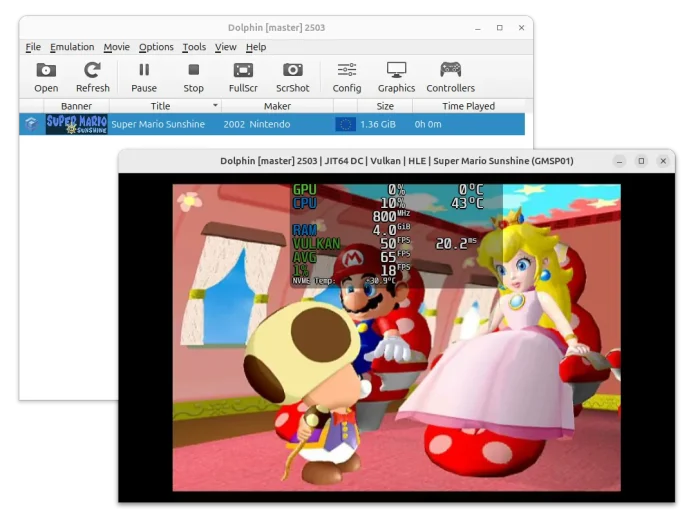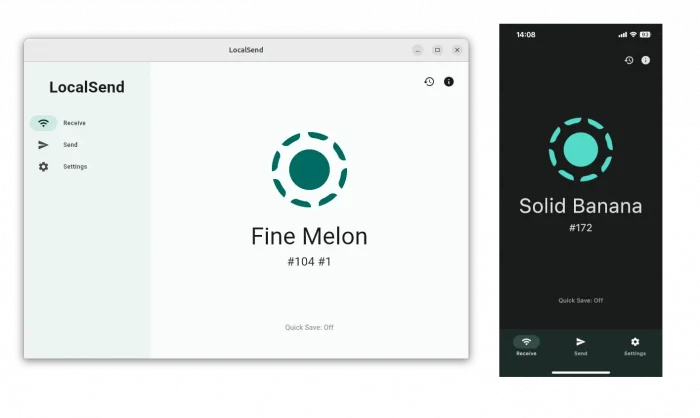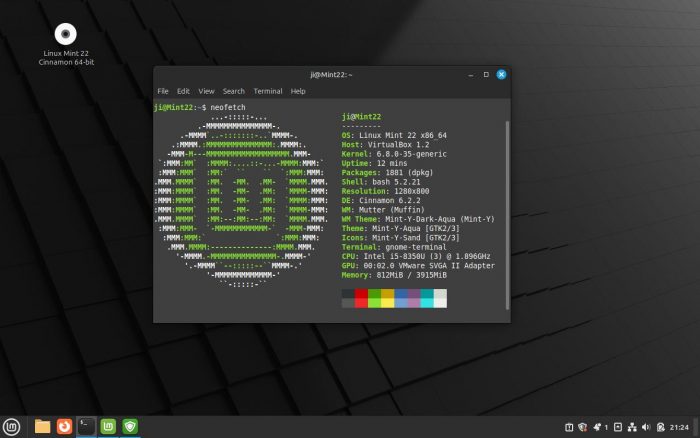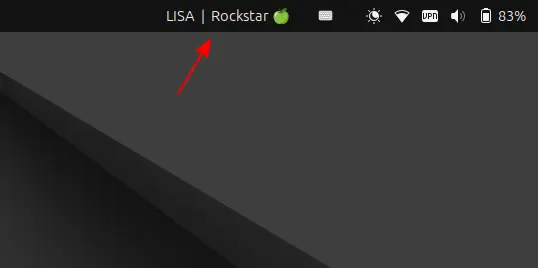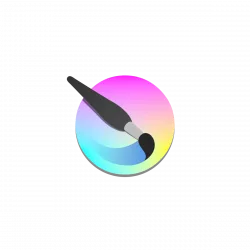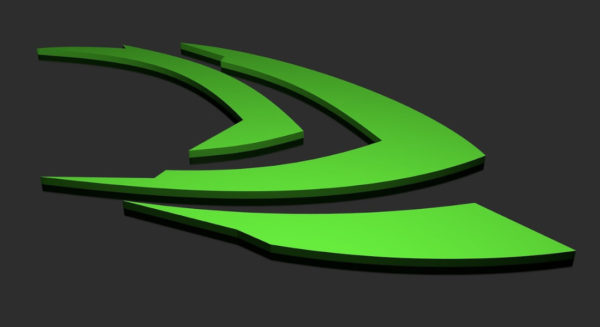Have Ubuntu computer connected with multiple monitors? Here’s how to make the top panel show in all displays!
GNOME, the default desktop in Ubuntu, so far only shows the top-panel in the primary display. For users with multiple monitors, besides working in mirror mode, here are few extensions to make the top-panel available in all screens.





